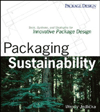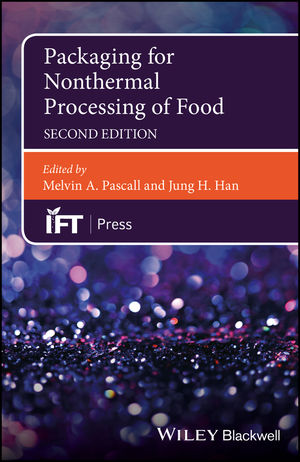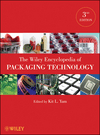Web Exclusive
Technical benefits of package printing production processes

Both online and offline, innovation and technical creativity has revolutionized the art of package printing, with increasing variations of textures, sizes, shapes, materials, graphics, and color palette used to customize the product packaging effectively. For some businesses, package printing serves only one purpose – protection during transport. In this case, the composition for the package will be fairly plain and simple. But for other businesses, the packaging itself is an integral part of the marketing process and in some cases an extension of the product itself, and advanced printing processes such as flexography or offset printing are used to accommodate a higher standard.
How Flexography Works
Flexography (also known as flexo) is a technique originating from 1890’s England with the advent of a patented flexible relief plate capable of working with plastic, metallic film, paper, and cellophane as well as non-porous substrates commonly used in food packaging. Ideal for covering large areas of color, it is one of the most well-used and perfected printing techniques available to the industry today, covering a variety of mainstream items like corrugated containers, folding and beverage cartons, multiwall and paper sacks, plastic bags, disposable cup and containers, labels, adhesive tapes, envelopes, newspapers, and food wrappers. It follows a standard process involving four primary stages of the printing process:
-
Image preparation (digital images are stripped and tested)
-
Flexographic plate making (creation of photochemical, photochemical or laser engraved plates from polymers)
-
Printing (application of print design via stack type, central impression cylinder, in-line, newspaper unit, or dedicated 4-, 5-, or 6-color unit commercial publication flexographic press)
-
Finishing (coating, cutting, folding, binding).
Flexography enables printers to combine different materials in their printing procedures, achieving a higher level of accuracy and aesthetic appeal. This includes the printing ink and paper stock, plastic, cellophane, polythene and metallic films which are applied to the product.
Along with the printing ink, paper stock is easily one of the most essential components of the printing procedure and selecting the right type is vital. It is characterized by a range of elements such as finish (matte, glossy etc.), weight, opacity, and brightness, with the most common types being cover stock (heavy, rigid paper ideal for stationary), offset (books and brochures), tag (water-resistant and sturdy), and index (an economical alternative for stationary). For other materials such as plastic and cellophane, similar rules of classification are applied although how each material is treated will vary. Fast-drying inks, for instance, are better suited for substances like plastics and foils, which tend to have a less adhesive surface than their paper-based counterparts.
Getting Creative
As flexographic technology continues to advance and the marketing industry faces constant competitive demand, businesses look for ways to maximize their package printing potential for efficiency, economy, and advertising power. One of the most effective ways is to use more than one kind of material and style – hence the paper/plastic combinations that make up packaging for electronics, for example, or variation of texture and finishes (for books which have embossed covers and glossy titles). In comparison with other printing techniques such as offset printing which uses a flat planographic carrier plate to transfer images, flexographic printing is the most sophisticated and versatile, and in some cases the most economical due to its efficiency although the initial costs may be higher at first.
Offset printing does have its merits in the printing process however, remaining the most popular form of printing processes in the industry today. Though it covers mostly paper products, its technology has also evolved into a sophisticated process which several businesses find useful for their needs. When making the decision between which type of printing process and materials to use, it is favorable to become familiar with both techniques which will both have their pros and cons, both of which will impact overall profit and turnaround time.
Thinking Green
With the wave of carbon-reducing practices which are becoming standard in various industries, the print and packaging methods are also making swift changes towards a more sustainable business ethic. The quality of recycled material with as well as solvent-free printing ink is improving, and this is where package printing has the option to innovate. Because of its flexibility, flexographic printing is best adopted to using a combination of recycled materials within a fairly short period of time, thus increasing potential for profit. Also able to adapt to different shapes and styles, it can use less packaging than other traditional printing techniques, also saving money.
Not only is this a beneficial option for large corporations, but it is becoming a viable industry for small businesses which specialist in environmentally-conscious printing processes and production of stationary. This year, the London Design Festival held the Green Printing Workshop, a successful endeavor to share sustainable printing techniques with individual businesses, publishers, artists, and designers – a sign that it is taking momentum.
With the continued implementation of these techniques and improved quality of materials available to package printing processes, the industry is becoming more accessible to businesses who can take their own printing approach and watch their company flourish.
Jonny Rowntree is a freelance writer based in Northern England, working with worldwide printing partner Elanders UK (elanders.com/uk).
Looking for a reprint of this article?
From high-res PDFs to custom plaques, order your copy today!









